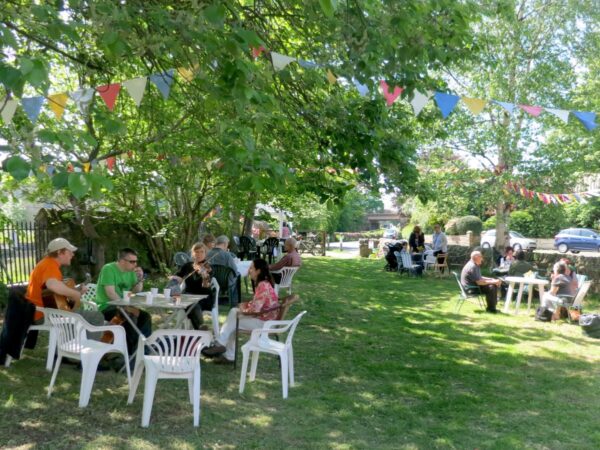Explore the RSPB Guides to Fairfield Birds
Our Green Spaces
The Fairfield Association in Lancaster is now responsible for around 50 acres of land including:
Latest News
Fairfield Association Meeting Agenda: 16 April 2024
Agenda for the FA monthly meeting at the Tite & Locke on Tuesday 16 April at 7.30pm.
Call for Cakes
Cakes are needed for the cake stall at the Easter Egg Hunt on 1 April.
Fairfield Association Minutes: 19 March 2024
Minutes of the Fairfield Association meeting held on 19 March 24 at the Tite & Locke
Fairfield Association Now on Instagram!
We’re thrilled to announce that the Fairfield Association is now on Instagram!
What’s On
Find out what’s happening
Special Events
Volunteer Sessions
Regular Meetings
Wildlife Sightings
Fairfield Spring
The Fairfield Association
Photographs of just a few of the glorious flora emerging.
Linnet by Flora Field
Nieduszynska
On Saturday April 6th, along the Long Pads by Flora Field I picked up the lovely song of a linnet






